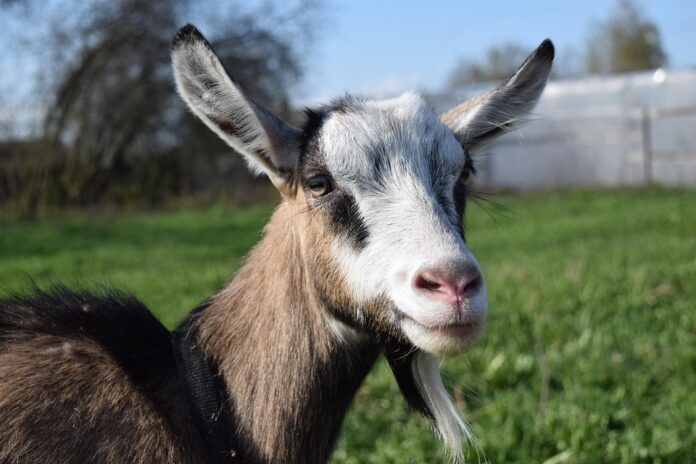Cold Chain Logistics and Storage Requirements for Goat Milk Distribution
Introduction
Goat milk has been gaining popularity in recent years due to its nutritional benefits and unique taste. As the demand for goat milk products continues to rise, ensuring proper cold chain logistics and storage requirements becomes crucial for maintaining the quality and safety of the products throughout the distribution process.
Cold Chain Logistics for Goat Milk
Cold chain logistics refers to the management of temperature-sensitive products throughout the supply chain to ensure they are stored and transported at the correct temperature. For goat milk distribution, maintaining the cold chain is essential to preserve the freshness and quality of the milk.
One of the key components of cold chain logistics for goat milk distribution is temperature control. Goat milk is highly perishable and should be stored and transported at temperatures between 2°C to 4°C to prevent spoilage and bacterial growth. Temperature monitoring devices such as data loggers are used to track the temperature of the milk at all times during storage and transportation.
Another important aspect of cold chain logistics for goat milk distribution is proper packaging. Goat milk should be packaged in containers that are designed to maintain the temperature of the milk and protect it from contamination. Insulated containers and refrigerated trucks are commonly used to transport goat milk from the production facility to the distribution center and ultimately to the retail stores.
Storage Requirements for Goat Milk
Proper storage of goat milk is crucial to maintain its quality and shelf life. Goat milk should be stored in a clean and sanitized environment with adequate ventilation to prevent the growth of bacteria and other microorganisms. The storage facility should have temperature-controlled rooms to ensure that the milk is kept at the correct temperature at all times.
In addition to temperature control, proper handling and storage practices are also important for maintaining the quality of goat milk. Milk should be stored away from strong-smelling foods and chemicals that can affect its flavor. It should also be stored in airtight containers to prevent contamination and spoilage.
Industry Insights
The goat milk industry has been experiencing steady growth in recent years, driven by increasing consumer awareness of the health benefits of goat milk. According to a report by Grand View Research, the global goat milk market is expected to reach $11.2 billion by 2025, with a compound annual growth rate of 4.3%.
Leading companies in the goat milk industry include Goat Milk Stuff, Meyenberg Goat Milk, and Laloo’s Goat Milk Ice Cream. These companies have invested in state-of-the-art cold chain logistics and storage facilities to ensure the quality and safety of their products.
Conclusion
Proper cold chain logistics and storage requirements are essential for goat milk distribution to ensure the freshness and quality of the products. By implementing temperature control, proper packaging, and storage practices, companies can maintain the integrity of goat milk throughout the distribution process. As the demand for goat milk continues to grow, investing in cold chain logistics and storage facilities will be key to the success of businesses in the industry.



